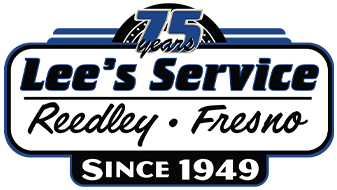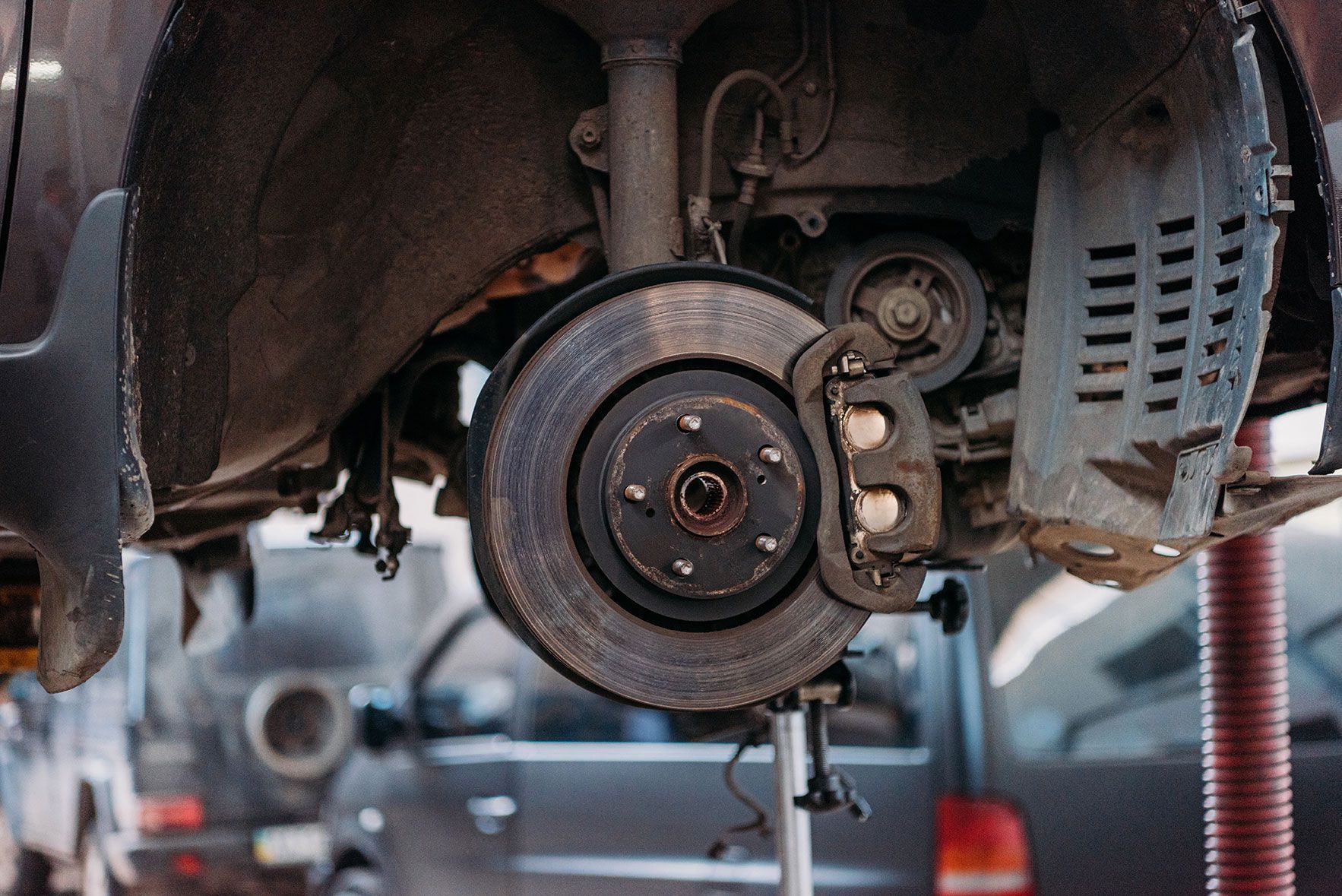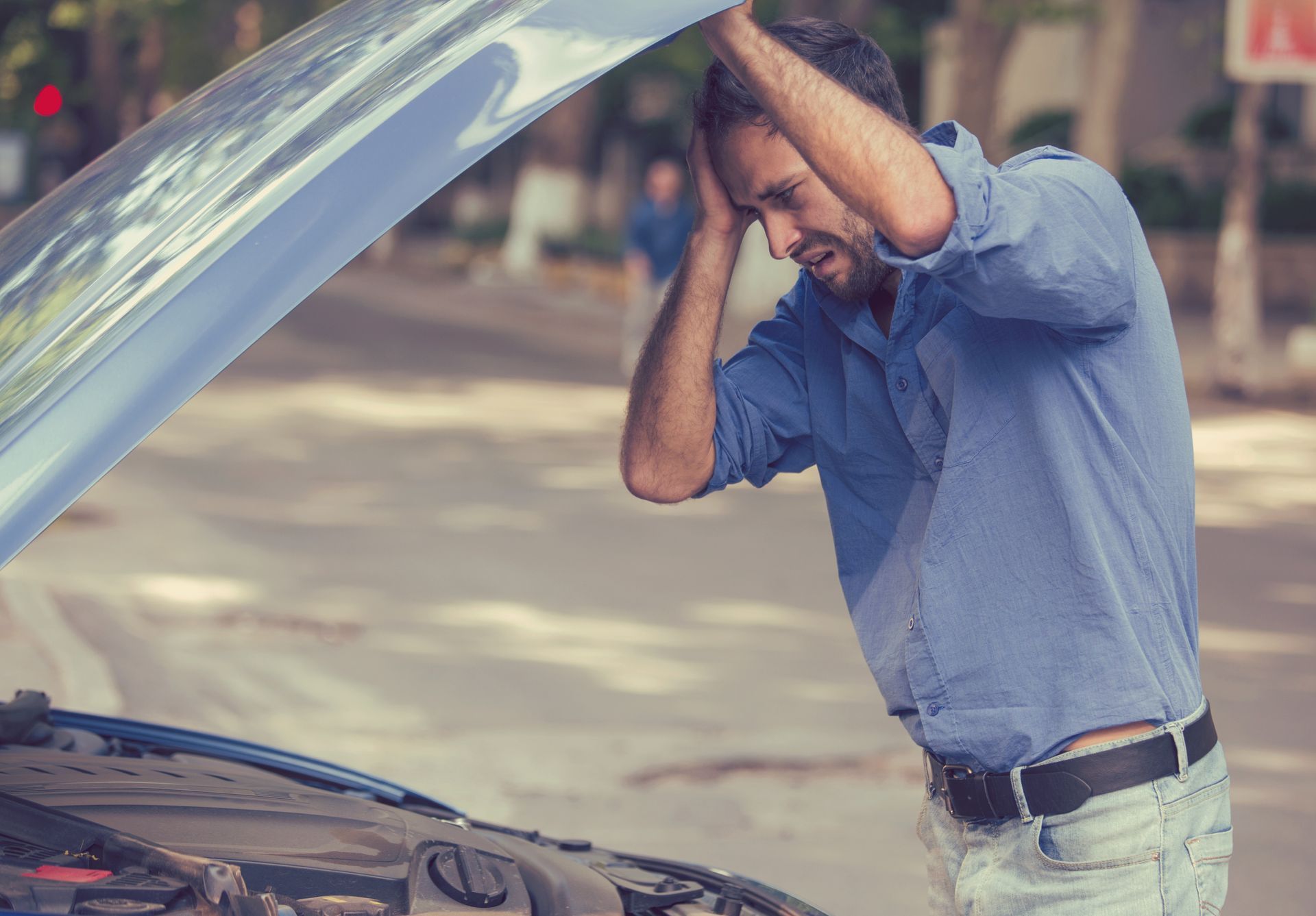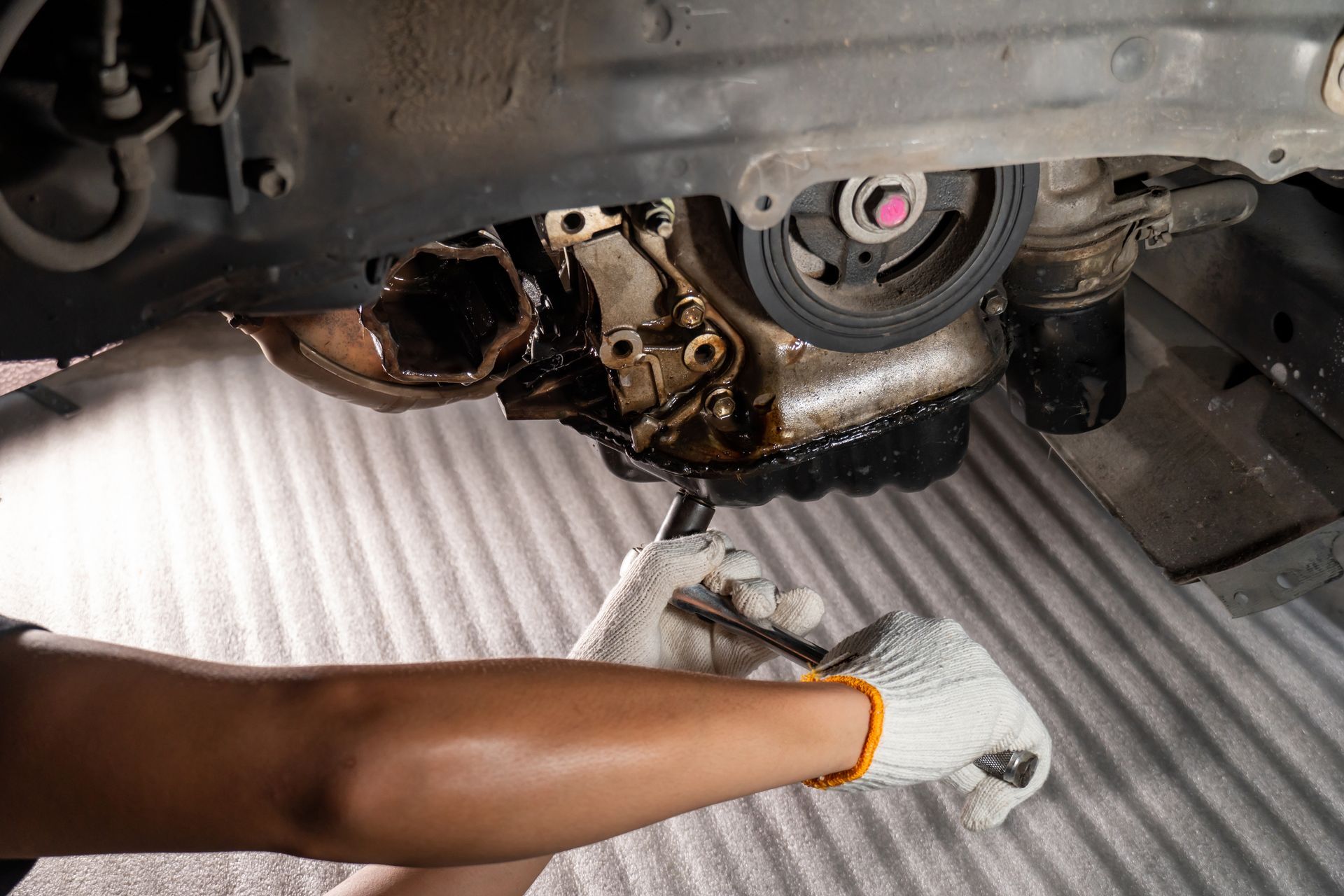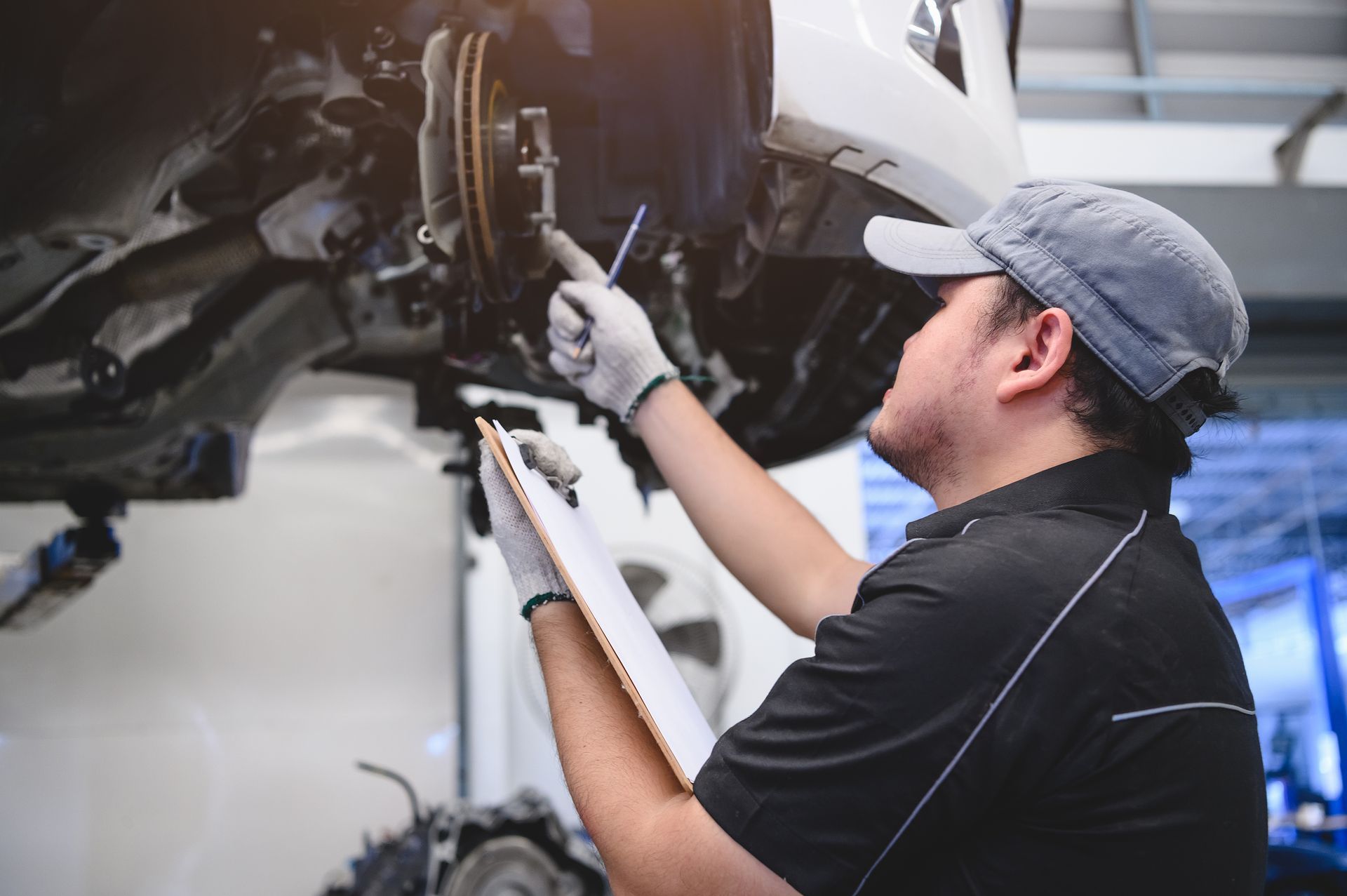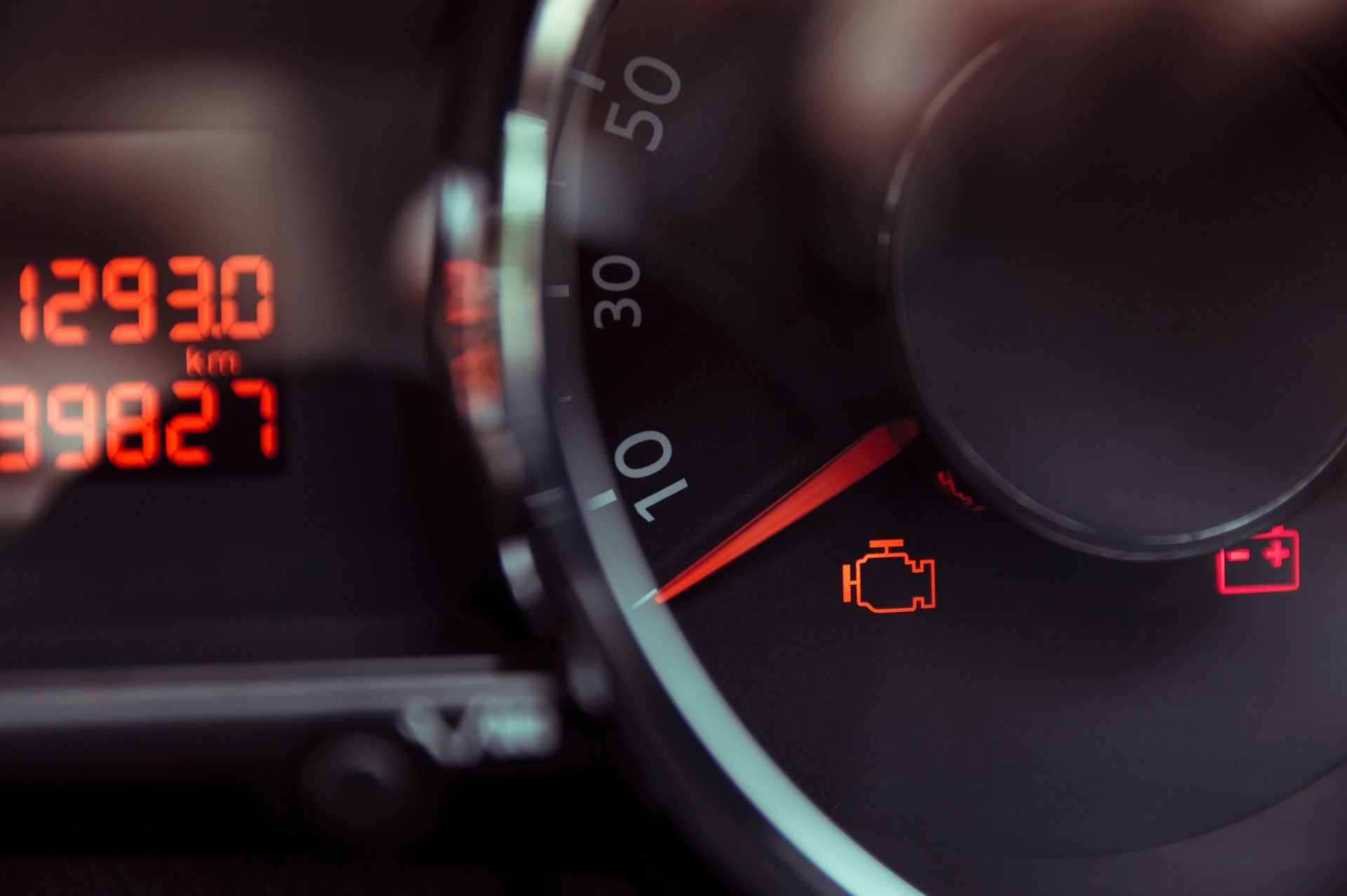Lee's Service Articles
Automotive Knowledge To Help Drive You Further
Recent Posts

If your car's temperature gauge goes into the red zone while driving, it means your car is overheating. This can be a stressful situation for any driver. It can be inconvenient or dangerous, but knowing why it happens can prevent harm. Low coolant levels are often the culprit, as coolant helps regulate engine temperature. If there's not enough coolant, heat dissipation becomes inefficient, leading to overheating. Leaks in the cooling system can cause it to have trouble maintaining the correct temperature. If your car is leaking coolant, it can come from the radiator or hoses. Other Common Failure Points in Your Vehicle's Cooling System Another common cause is a faulty thermostat, which regulates coolant flow. If it malfunctions, either staying closed or open when it shouldn't, overheating can occur. Cooling fan problems also play a role, particularly if the fan fails to activate or isn't working correctly. This can reduce airflow over the radiator, especially when the vehicle is stationary or moving slowly, leading to overheating. Other problems, such as a blocked radiator, engine oil issues, a misfiring engine, or a faulty water pump, can also cause overheating. Regular maintenance and fixing problems quickly can help your car run well and prevent overheating while driving. How Much Does It Cost to Replace a Water Pump or Thermostat? If your car is overheating and needs a new water pump and thermostat, you may be wondering about the cost. It's important to know how much these repairs will cost before getting them done. This way, you can budget accordingly and make an informed decision. Typically, replacing both components simultaneously ranges from $500 to $1,000, covering parts and labor. Interestingly, there's often no additional labor cost when replacing both components together, making it a cost-effective choice. Choose high-quality parts that work with your car when replacing both the water pump and thermostat together. Prioritize compatibility for the best results. Despite the potentially higher initial investment, choosing reliable components and professional installation can prevent future overheating concerns. This method saves money and improves cooling system performance by replacing components together instead of separately, streamlining the labor process. Risks of Driving Your Car at High Operating Temperatures Driving your car when it's too hot can be dangerous for you and your vehicle. It's important to stay safe. High temperatures can cause engine parts to wear out faster, leading to expensive damage or engine failure. When a car gets too hot, it can make important fluids like oil wear out faster, which can damage the engine. Driving at high temperatures can make your car's cooling system work less effectively, causing more strain on the engine. Additionally, overheating can lead to warped cylinder heads or blown gaskets, causing leaks and further engine damage. It can also cause stress cracks in the engine block, leading to further expensive repairs. In extreme cases, driving a severely overheating car can even pose a fire hazard. It's important to fix overheating problems quickly and not drive your car when it's too hot. This will help avoid expensive repairs and keep you safe while driving. Importance of Regular Vehicle Inspections It's important to have your car's cooling system checked regularly. This should be done every 12,000 to 15,000 miles or at least once a year. Regular checks help prevent overheating and keep your vehicle running smoothly. Technicians inspect parts like the radiator, hoses, water pump, thermostat, and coolant levels for damage, leaks, or rust. Fixing small problems early can save money and make your engine and cooling system last longer. Regular maintenance improves how your car runs and saves fuel. It also gives you peace of mind knowing your car is ready for daily driving. How to Prevent Car Overheating An overheating car is worrying, but knowing the causes can help you fix the problem quickly and effectively. Regular maintenance, like checking coolant levels and inspecting for leaks, can help prevent overheating issues. Make sure components like the thermostat and water pump are working properly. If your car keeps getting too hot, it's important to see a mechanic right away. They can figure out what's wrong and fix it before it causes bigger problems or becomes dangerous while driving. Stay alert and take care of your car to avoid overheating issues and ensure a smooth ride on the road. Keep your vehicle healthy and worry-free. For those in the Reedley and Fresno, CA, areas, consider visiting Lee's Service for comprehensive vehicle inspections and expert repairs. Our seasoned technicians can help you resolve overheating problems or any other vehicle issues, ensuring your car remains in peak condition. Swing by Lee's Service today and keep your vehicle running smoothly and efficiently! By staying vigilant and proactive about maintenance, you can avoid the frustrations of overheating and enjoy a reliable and safe driving experience.

As the summer season draws near and temperatures begin to climb, ensuring your car's air conditioning system is in top shape becomes essential for a comfortable driving experience. At Lee's Service, we understand the significance of a reliable AC system, which is why we've crafted this guide to help you get your vehicle ready to beat the heat. 1. Schedule a Professional Inspection: Kickstart your summer preparations by scheduling a comprehensive inspection of your car's air conditioning system with our skilled technicians at Lee's Service. Our experienced team will meticulously assess every aspect of your AC system , checking for leaks, worn-out components, or any potential issues that could affect its performance. Addressing these concerns early on ensures that your AC is ready to keep you cool and comfortable throughout the season. 2. Recharge the Refrigerant: Over time, the refrigerant in your car's AC system may deplete, leading to reduced cooling efficiency. During your inspection, our technicians will evaluate the refrigerant levels and recharge it if necessary to restore optimal cooling performance. This simple yet crucial step ensures that your AC blows cold air consistently, even on the hottest summer days. 3. Clean or Replace the Cabin Air Filter: The cabin air filter plays a vital role in maintaining air quality inside your vehicle's cabin and ensuring proper airflow through the AC system. Over time, the filter can become clogged with dust, pollen, and other contaminants, hindering airflow and reducing cooling efficiency. During your visit to Lee's Service, our technicians will inspect the condition of the cabin air filter and clean or replace it as needed. This not only improves the performance of your AC but also contributes to a healthier interior environment for you and your passengers. 4. Check the Condition of Belts and Hoses: The belts and hoses in your car's AC system are crucial for the proper operation of various components, including the compressor and condenser. Over time, these components can wear out, crack, or develop leaks, leading to AC malfunctions. During your inspection at Lee's Service, our technicians will carefully inspect the condition of belts and hoses and replace any that show signs of wear or damage. This proactive approach helps prevent unexpected breakdowns and ensures the smooth operation of your AC system throughout the summer months. 5. Test the AC System: Before hitting the road for your summer adventures, it's essential to test your car's AC system to ensure everything is working correctly. Our technicians will perform thorough tests to evaluate cooling performance, airflow, and overall functionality of the system. If any issues are detected during testing, we'll promptly address them to ensure your comfort and safety on the road. Don't let the summer heat compromise your driving experience. With the help of Lee's Service, you can ensure that your car's air conditioning system is ready to keep you cool and comfortable all summer long. Schedule an appointment with us today, and let our experienced technicians take care of your AC needs. Enjoy cool cruising with Lee's Service!
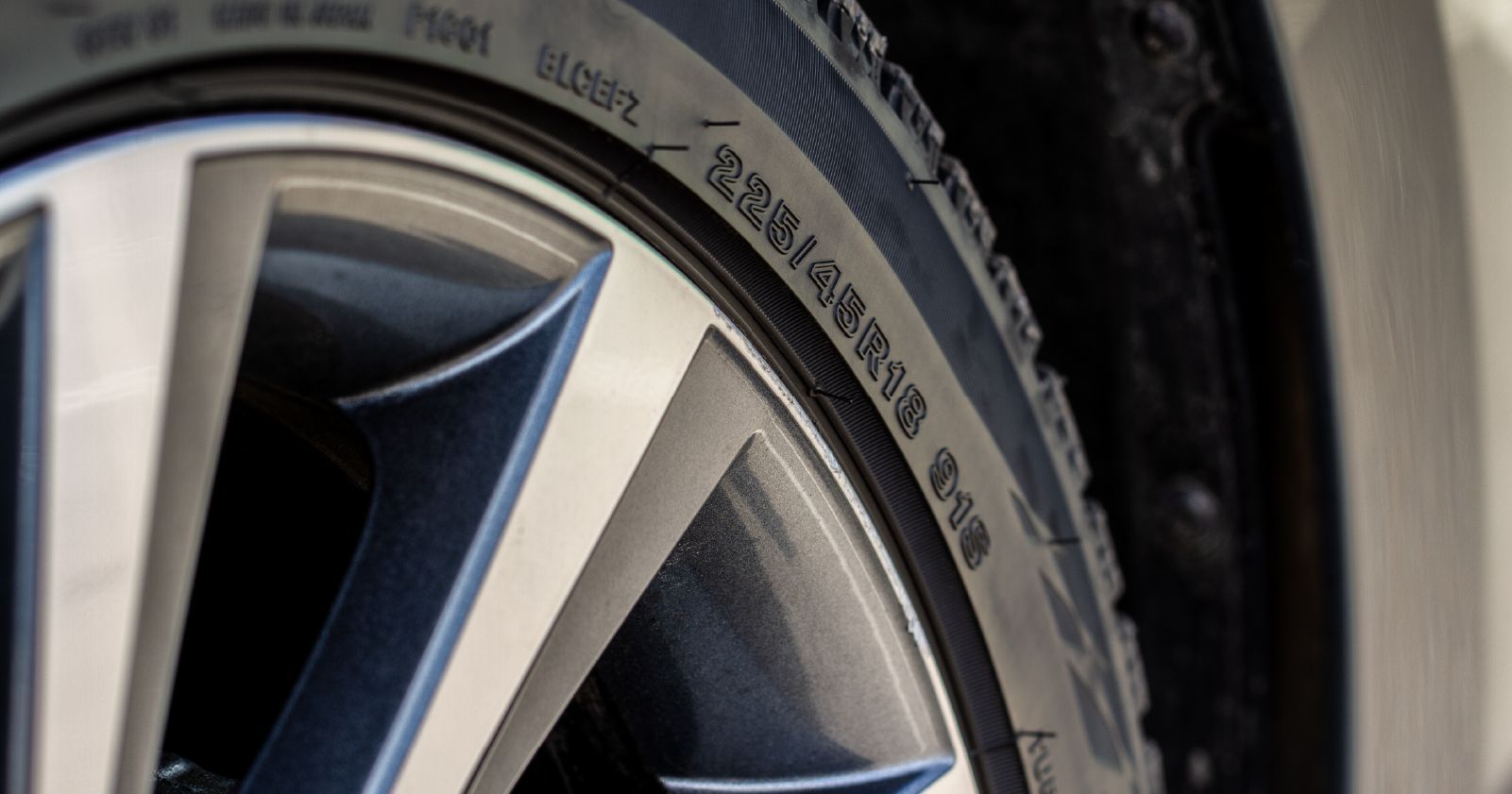
Understanding your vehicle's tire size can sometimes feel like solving a puzzle. But don't worry, it's not as complicated as it seems! Those numbers and letters on your tires actually tell you important information for keeping your car running smoothly and safely. At Lee's Service, we're here to simplify things for you, so let's break down tire sizes in a way that's easy to understand. The Importance of Tire Size Tires are the only contact point between your vehicle and the road, making them vital for safety, performance, and efficiency. Selecting the appropriate tire size guarantees optimal handling, braking, and overall stability. Moreover, matching tire sizes prevent issues such as speedometer inaccuracies and decreased fuel efficiency. Understanding Tire Size Notations A standard tire size is typically expressed in a format like this: P215/65R15. Let's decipher its components: Tire Type (e.g., P, LT, T): The initial letter denotes the tire's type, such as: P: Passenger car tire LT: Light truck tire T: Temporary spare tire Tire Width (e.g., 215): The three-digit number after the tire type indicates the tire's width in millimeters when properly inflated. Aspect Ratio (e.g., 65): This figure represents the height of the tire's sidewall as a percentage of its width. Construction Type (e.g., R): The letter 'R' signifies radial construction, the most common type for modern tires. Other possibilities include 'D' for diagonal bias ply and 'B' for belted bias. Rim Diameter (e.g., 15): The final number specifies the diameter of the wheel rim in inches, indicating the appropriate wheel size for the tire. Locating Your Tire Size Now that you grasp the components of tire sizing, let's explore where to find this information for your vehicle: Vehicle Manual: Consult your vehicle's manual for tire specifications recommended by the manufacturer. Doorjamb: Check the sticker on the driver's side doorjamb, which typically contains vital details such as tire size, recommended pressure, and load capacity. Glove Compartment: Some vehicles feature tire information on a sticker inside the glove compartment or on the fuel filler door. Existing Tires: If you're replacing existing tires, the tire size is usually printed on the sidewall. However, ensure that the replacement tires match the manufacturer's specifications for your vehicle. Online Resources: Many tire manufacturers and automotive websites provide tools to help you find the right tire size based on your vehicle's make, model, and year. Trust the Experts While understanding tire sizes is beneficial, selecting the appropriate tires for your vehicle involves various considerations, including driving conditions, climate, and personal preferences. At Lee's Service, our knowledgeable technicians are ready to assist you in selecting the perfect tires for your vehicle, ensuring a safe and comfortable driving experience. We also have a convenient tire search tool !



